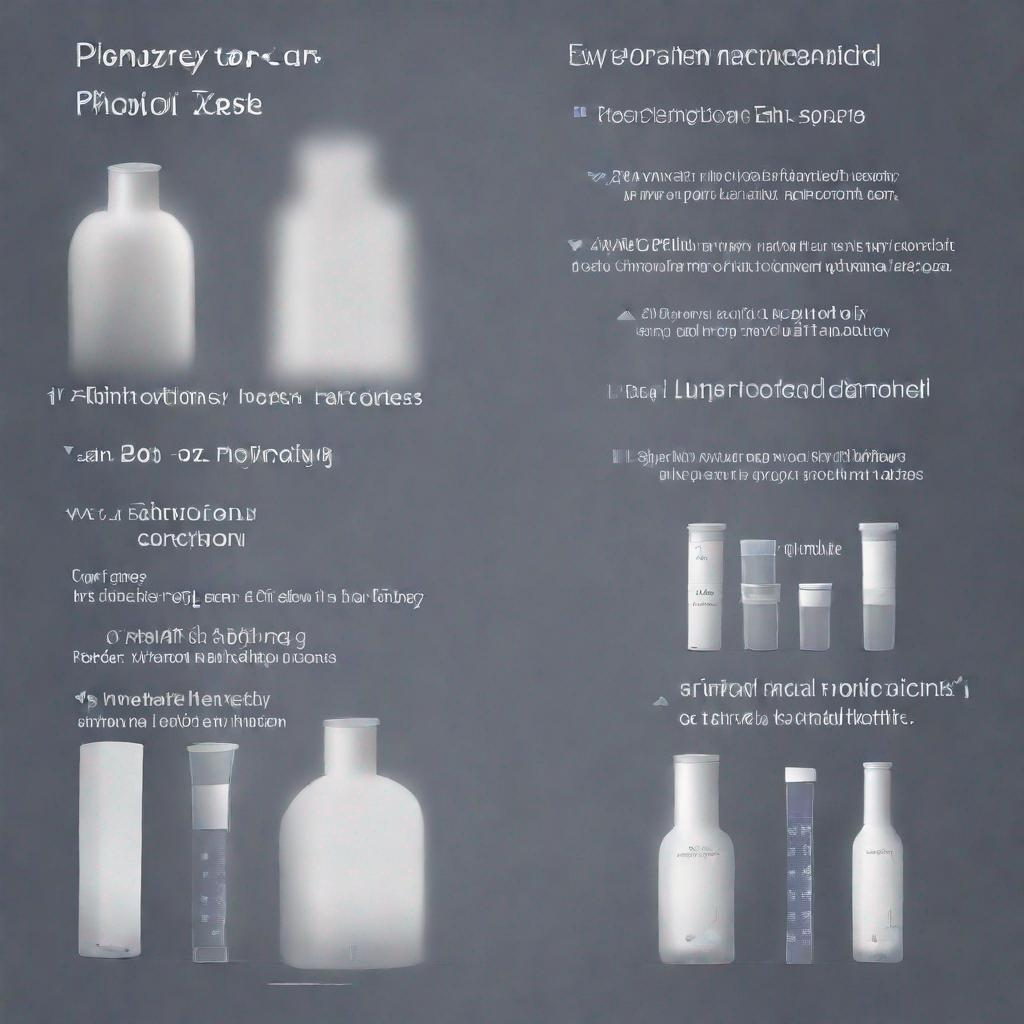## Spirometry: A Vital Lung Function Test
**Introduction**
Spirometry is a painless medical test that measures how well your lungs work. It evaluates lung capacity, airflow, and breathing patterns. This test helps diagnose various respiratory conditions and assess their severity.
**Procedure**
Spirometry is usually performed by a respiratory therapist or healthcare professional using a device called a spirometer. It involves sitting comfortably and breathing through a mouthpiece connected to the machine. The spirometer records various measurements as you perform several breathing maneuvers.
These maneuvers include:
* **Pre-bronchodilator Spiro**metry: Breathing into the mouthpiece after a normal breath
* **Post-bronchodilator Spirometry**: Breathing into the mouthpiece again after taking medication to open your airways
The following measurements are recorded during these maneuvers:
* **Forced Expiratory Volume (FEV)**: The amount of air you force out in one second
* **Forced Vital Capacity (FVC)**: The total amount of air you force out of your lungs after taking a deep breath
* **Forced Expiratory Flow (FEF)**: The rate at which your air flows out of your lungs during a certain portion of the FVC
* **Peak Expiratory Flow (PEF)**: The maximum flow rate during an exhalation
**Diagnosis**
Spirometry is primarily used to identify and monitor respiratory conditions such as:
* Asthma
* Chronic obstructive pulmonary disease (COPD)
* Emphysema
* Bronchitis
* Cystic fibrosis
* Pulmonary fibrosis
* Interstitial lung disease
* Neuromuscular disorders
* Sleep apnea
**Importance**
Spirometry is a crucial test for diagnosing and evaluating respiratory disorders. It provides information about:
* **Airflow obstruction**: Narrowing of your airways that limits air movement
* **Restrictive lung disease**: Conditions that reduce lung volume and capacity
* **Lung function changes**: Over time, such as with asthma or COPD
Spirometry can also:
* **Assess treatment effectiveness**: Measure improvements or deterioration in lung function after medications or therapy
* **Monitor disease progression**: Track the severity of respiratory conditions and guide treatment decisions
**Alternatives**
Alternative tests to spirometry include:
* **Lung volume measurement**
* **Diffusing capacity for carbon monoxide (DLCO)**
* **Chest X-ray**
* **Bronchial challenge test**
Your doctor may order these tests in combination with or as an alternative to spirometry.
**Preparation**
Before taking the test:
* Avoid smoking for at least 12 hours
* Inform your doctor about any medications, including asthma or bronchodilators
* Wear loose and comfortable clothing
**Duration**
The test usually takes around 15-30 minutes, with additional time for instruction and interpretation. Results are typically available within a few days.
**Recommendations**
After spirometry, your doctor may recommend further tests such as:
* **Peak flow monitoring**: A daily test to track lung function and asthma management
* **Bronchial challenge test**: To diagnose asthma
* **Chest X-ray**: To rule out other conditions or assess the severity of respiratory disorders




